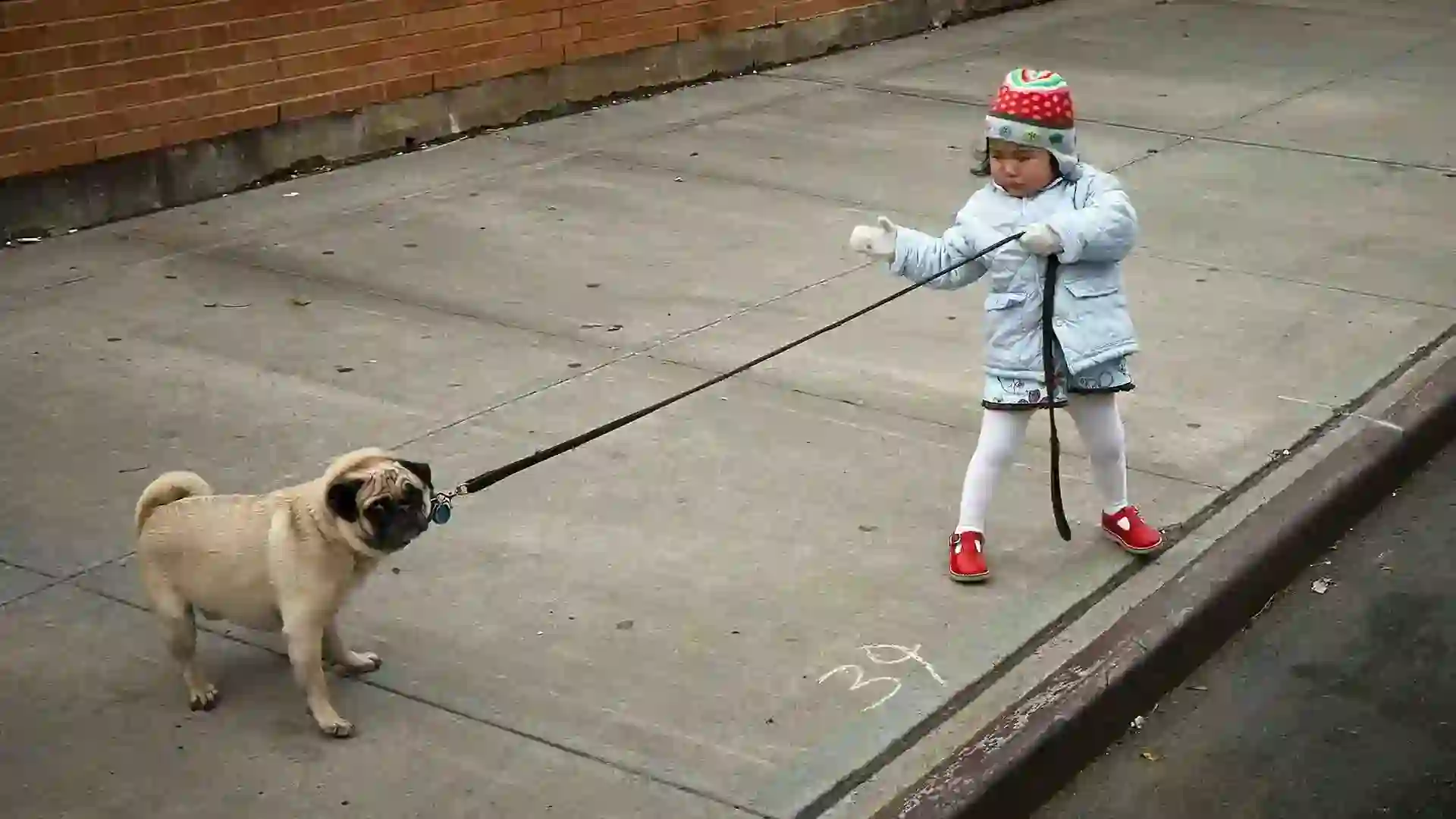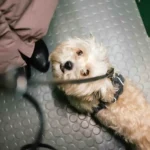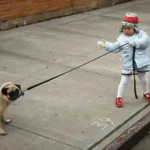Leash Training: Let’s be real pet parents – taking your pet for a walk should feel it fun a bonding moment full of memories and not some rope pulling war. Yeah, you are really not playing ‘tug of war’ with a pet to be honest! Whether you’ve got a dog, cat, or any other leashed pet, leash training is key to making those walks safe for your pets, healthy, and most definitely stress-free. And do you know the best part about a walk with your pet? It helps you two grow closer, because there is nothing like a smooth walk with your furry BFF through the park.
One of the main reasons why leash training is important is that it keeps your pet safe, avoids any terrible behavior such as pulling and chasing, and makes every journey enjoyable. Are you afraid of your dog being dragged after squirrels or your cat crossing the street in rush? That’s where this guide plays its part.
Now we’ll guide you through all the trick out there which you need to succeed in leash training your pet. Be it a puppy that you are seeking to have trained or a senior pet that needs to be trained or literally whatever, with a little patience (and maybe some constructive work appreciation towards your pets with their fav treats), he or she will be best evening stroll mate by your side in no time!
Why Leash Training Matters
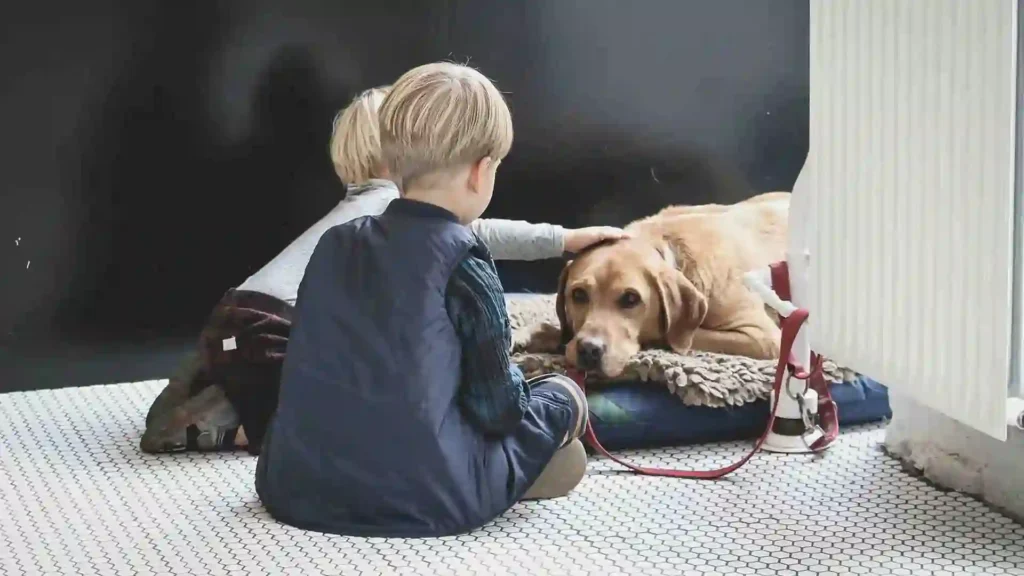
Leash training is not just a need of your pet, but it is what will prepare you and your pet memorable and stress-free garden strolls.
Literally safety first: A leash is very essential for pets as it enables you to keep your pet under control. And thus prevent any mayhap in traffic or any other risky situations.
Improved obedience: Though its not easy to leash train a grown dog who is not used to, the leash training should starts early. Through leash training, your pet learns how to walk in a more controlled manner. This will save you tons of future pulling and resistance. Also, the leash training will get your pet away from distraction during the walk (Like squirrel or any other pet or such thing).
Workout: The walk is also the way for your pet to get some mental stimulation beside the workout burnout. The pet who has been well-exercising is always the happy one! And what more can a pet parent need than a happy healthy friend.
Personal Time: The leash training process gradually works through some joint activity or mutual trust with your dog or pet based on a positive experience. It will be like a dream team, you and your dog together on a walk. How’s that!!
Getting A Leash
Well the right leash selection for your dog/pet do is a crucial part of your leash training program. Leashes/collars/harnesses not only assist in controlling your pet but they are also training equipment. Let’s have a quick glance over some important leash facts >>
Leash: Start with selecting a lightweight and a durable leash, as this will be simple for daily usage for your pet. Make a note pet parent that the leash should neither be too long nor too short, its should ideally be in the range of 4′ to 6′ in length. Its hard to control the long leash and pet might get uncomfortable with low moving radius with short leash. There are nylon or leather leashes from which you can go through but also retractable leashes may be quite the handy option for pets who possess the capability to walk on a leash.
Collar or Harness: Collar or Harnesses are another useful way out. Firstly take a note that the collar or harness should never be uncannily tight. You can always check the tightness by placing two fingers between the collar or harness and the pet. Take a note that the harness is more suitable for small pets as they might constrict the neck but there are certain cases like dogs who pull or smaller other pats in which a coupler collar may be used instead of them.
Detailed Leash Guide 101 – Follow The Steps
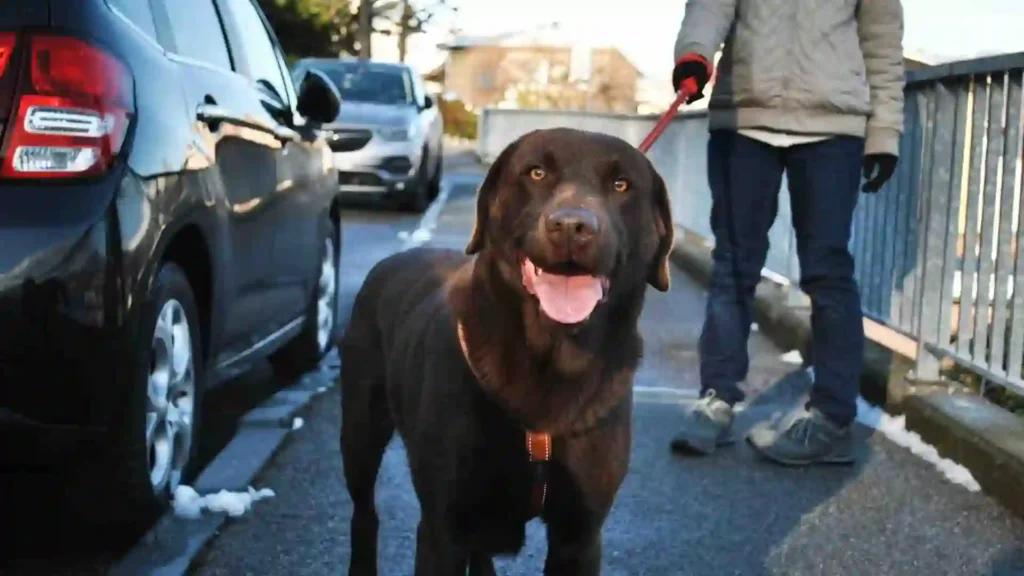
Step 1 : Let’s Introduce The Leash/Harness/Collar To Your Pet
Don’t startle your pet by directly introducing them to the leash and collar (or harness). Lets get them familiar with what’s coming. Check out >>
- Let Them Sniff It: The first thing you can do is lay the leash and collar down, let your pet sniff it. That way they get used to the new toy. As your pet investigates its new friend equipment, this will help them to cope with the future fear or anxiety.
- Good Chemistry: Treat your pet whenever she or he comes near the leash, just like the positive feedback to the achievement. This will lead them to associate with the leash with positive excitement.
Step 2 : The Adjustments
- Basics of Adjustment: We have already discussed the adjustments. Let’s go through them quickly. When using the collar always get the 2 finger gap rule. You can go same with the harness. Just don’t go with too tight nor too loose. Give your pet a friendly place to breathe in.
Step 3: The Practice Run
Get started indoors, its a calm and safe place for your pets before directly exploring out.
- Use the Leash Clip: You can simply attach this to your pet’s collar or harness, and then let them walk around with the leash around, in the house. Let your pet drag the leash. Just do this under your observation so you can step on it if needed and grab hold of them easily. This all will help them to differentiate between stress reaction or just stuffing around.
- The Positive Reinforce Exploration: Every time your dog walks well beside you on the loose leash, reward the behavior with positive reinforcement like you can either give them their fav treats or just praise them. This will get them stress-free with the leash.
Step 4: The Commands
Its essential to get your dog under control during the outdoor walk. There are many factors outdoor that can get your pet go crazy. Commands are the most handful in this situation rather than the tug of war with your furry canine. Introduce the commands of ‘come’, ‘stay’, ‘sit’ during your indoor trails. This will save your tons of headache.
Step 5: Now The Trail Walk
Start small trail outdoor walk with your pet. When we say start small it should be small in a quiet place. Let your pet explore the surrounding as well as leash situation. A 5 – 10 min walk at start should be enough.
Step 6: And Little More Patience
Firstly positive reinforce should given all the time even for the smallest positive behavior by your pet. You have to be extremely patient about the leash training. The more patience you are the more effectively it will work. Now you are ready.
More Important Tips
Well consistency makes it even better for any type of pet training. This works especially for command training. Your dog will be trained in no time.
- The most important here is your patience. Don’t go with punishment method. They have negative impact on your pets.
- Avoid frustrations on your pet. They are just pets. Give them space to learn and they will eventually learn.
- When you get confident with your pet leash training, you can gradually increase the walking distance.
- You can go with advance training your dog if it gets all the basics clear. You can even make your pet walk beside you outdoor without a leash just using commands. How awesome is that!! This also includes commands for walk, stop, go left and right, run, stay close and such. You can also even control their distractions with commands. This is so very cool!!
Conclusion
Teaching your dog how to walk on a leash is one of the most important skills you can do for his safety as well as for everybody’s sanity. If you stick to a clear-cut method, it is possible for your dog to stay by your side during walks while being relaxed and stress-free. Acclimate your pet to the leash and equipment gradually, doing them on so they will fit properly comfortably. Work on indoor behavior before you take it out and use treats, praise or both to reward your fur baby for good canine manners. They will love the leash training if you work with patience.
Graduate to outside walks with the least amount of distractions first, in short sessions and then progress even further again. Even though it is okay to face problems such as pulling’s or getting distracted, with some efforts and above all patience your pet will become a leash expert. Just remember this: leash training is not all about discipline — it’s also a trust-building activity to form deeper connections between you and your pet. So stay positive, look at things from a different perspective & celebrate every little milestone of the journey.
And happy walking and leash training! Create new memories with your pet!!
